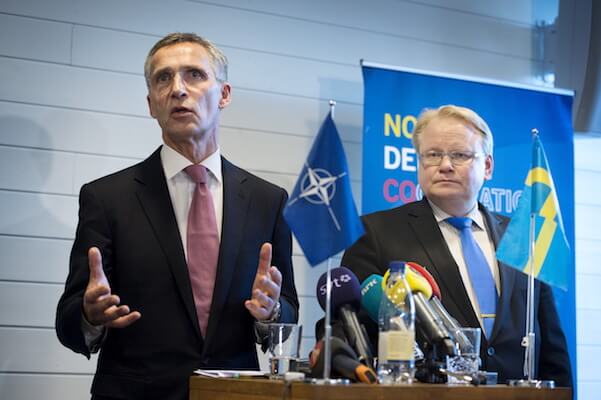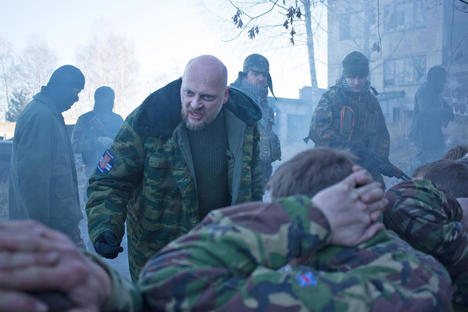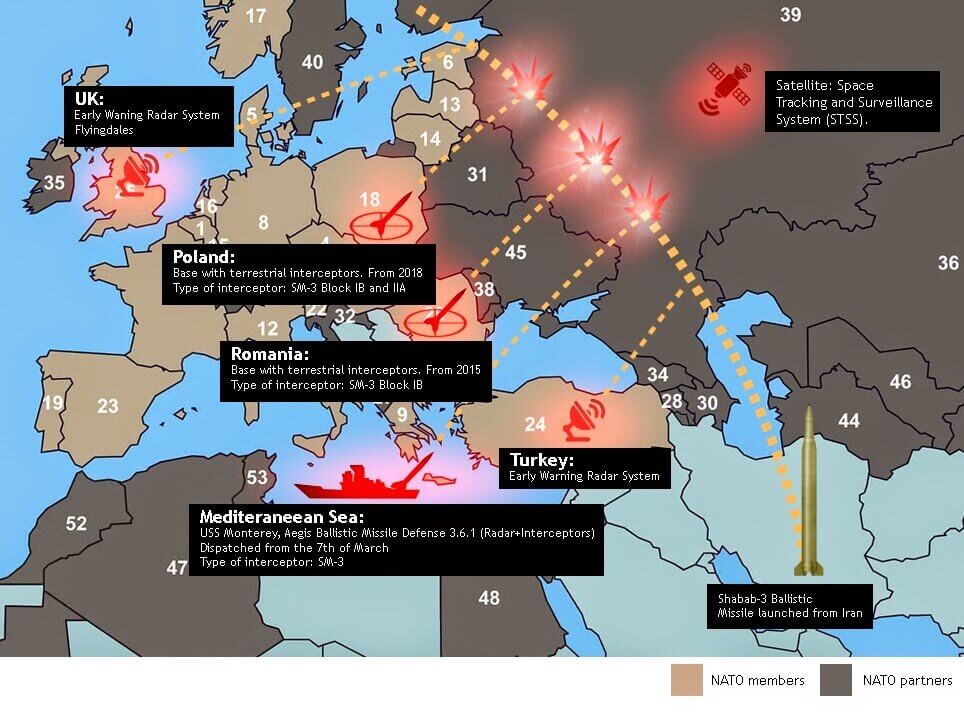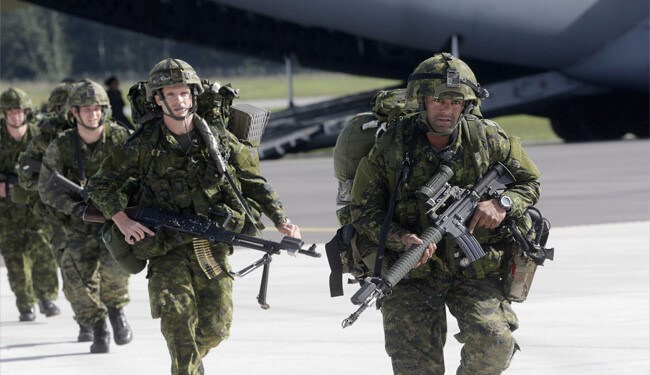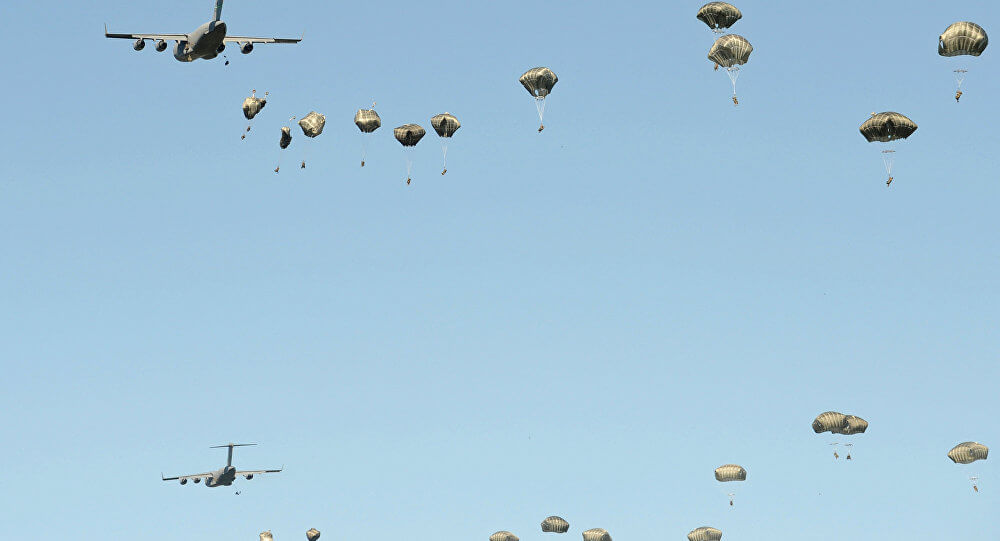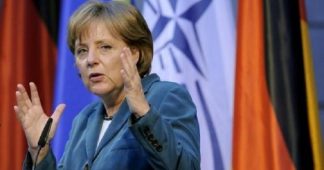By Serge Halimi
Are the leaders of European member states of NATO planning to follow the example of José Manuel Barroso, who became a lobbyist for Goldman Sachs after his term as president of the European Commission? Were they using the NATO summit to prepare for a career switch as consultants to General Dynamics or some other US arms manufacturer? The suggestion is of course absurd — but hardly less so than their announcement at the July summit in Warsaw that NATO will deploy a new mobile unit of 4,000 troops in Poland or one of the Baltic states — within artillery range of the home base of the Russian fleet in the Baltic, and of St Petersburg.
Russian leaders already felt resentful towards NATO — a cold war organisation that ought to have disappeared with the Soviet Union (1) — for meeting in the city where the Warsaw Pact was signed in 1955 under the aegis of the USSR. The views of US army general Curtis Scaparrotti, NATO’s new commander in Europe, won’t have helped: ‘The command structure has to be agile enough that from peacetime to provocation to conflict … is a natural transition’ (2). NATO also invited Petro Poroshenko, president of Ukraine — not a member of NATO and in a state of simmering conflict with Russia. Beat that for provocation.
Read the full article on Le Monde diplomatique
